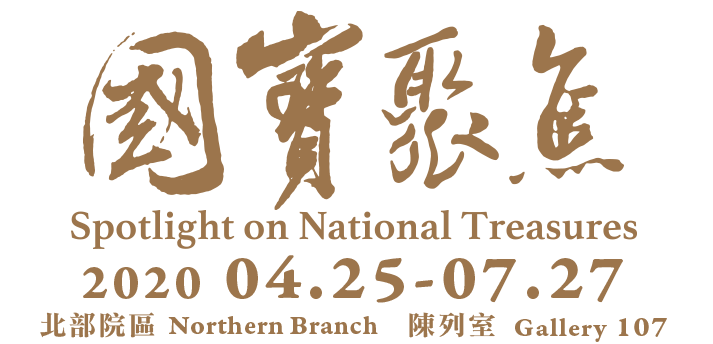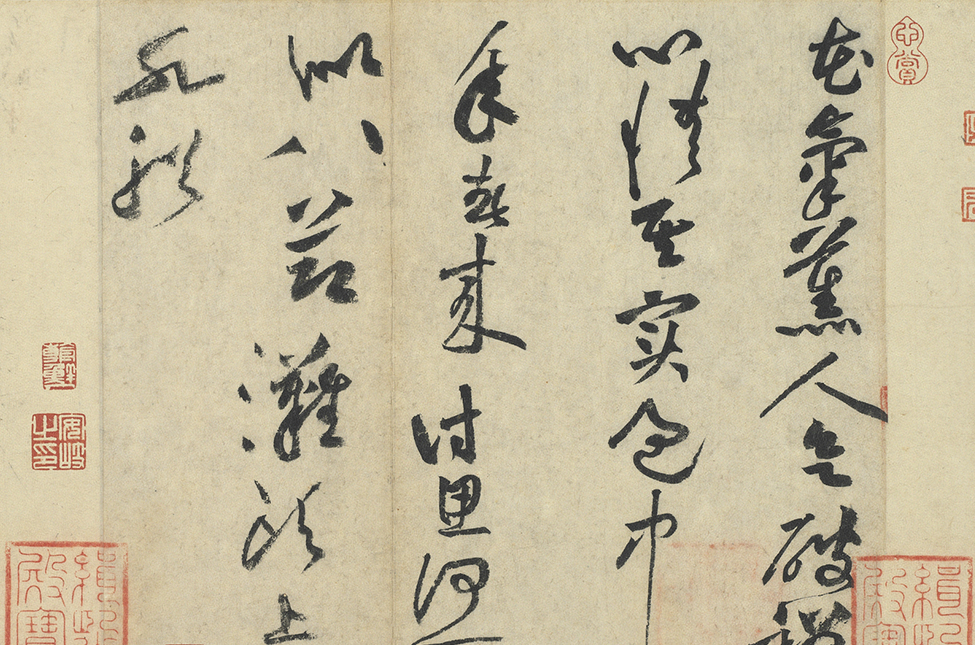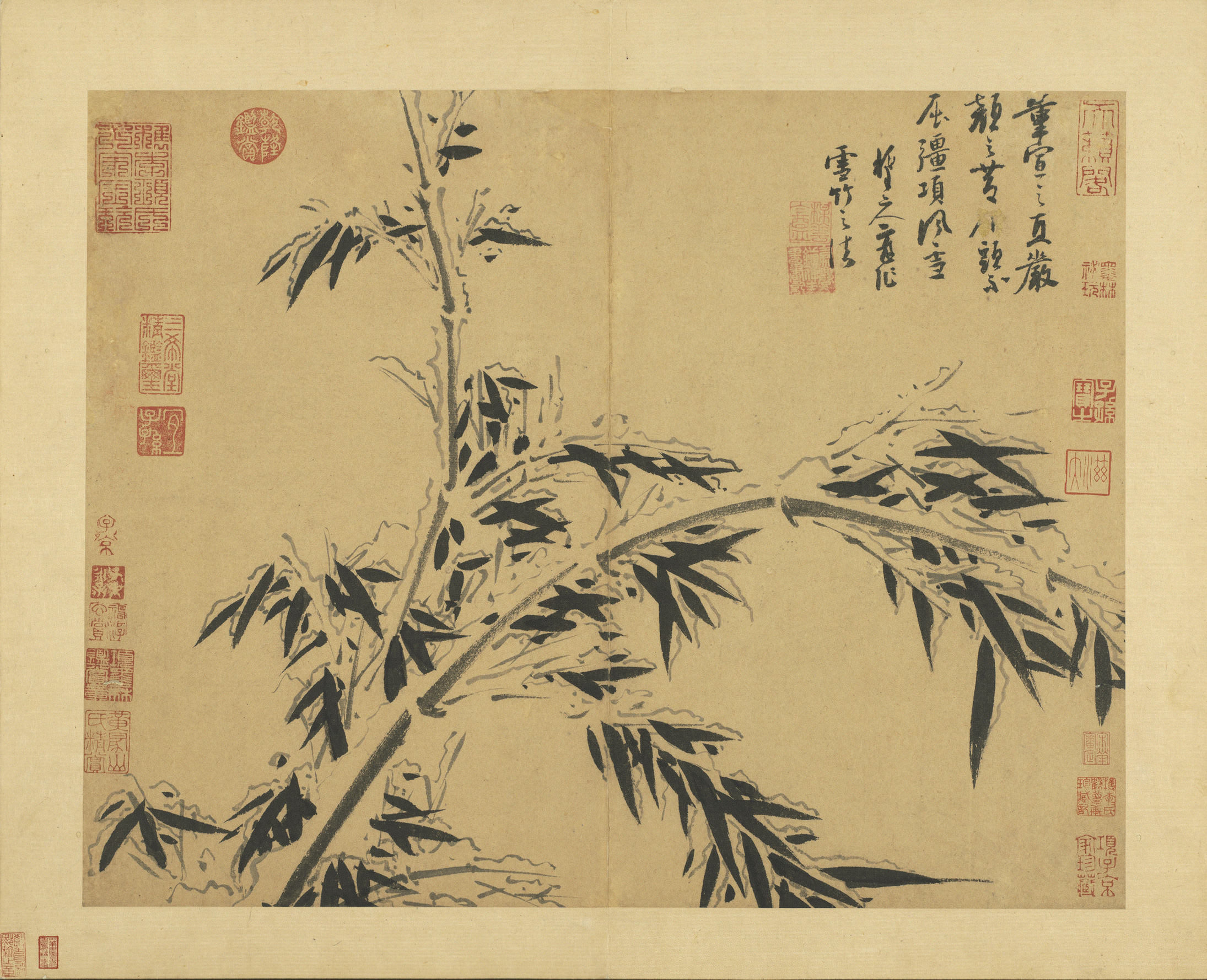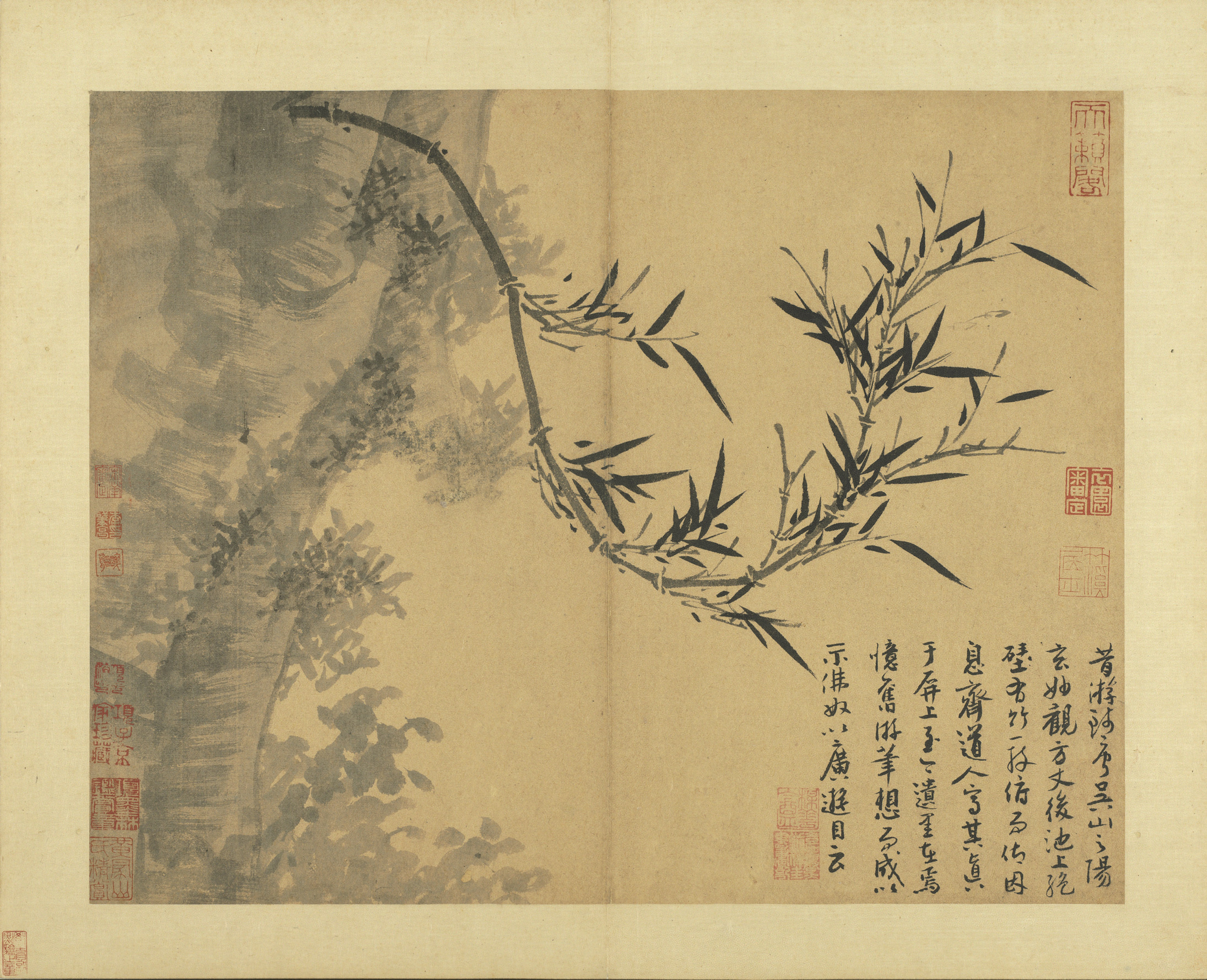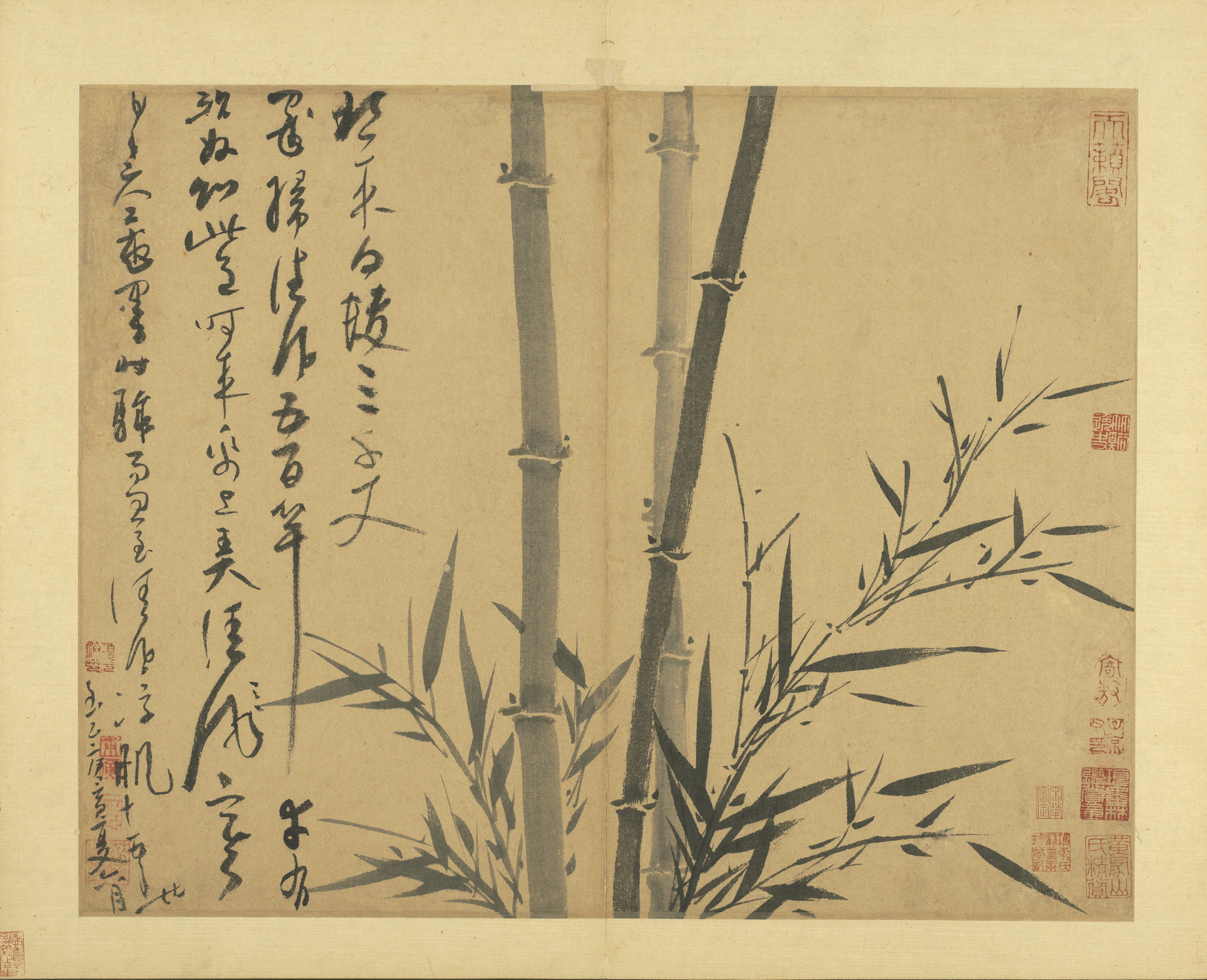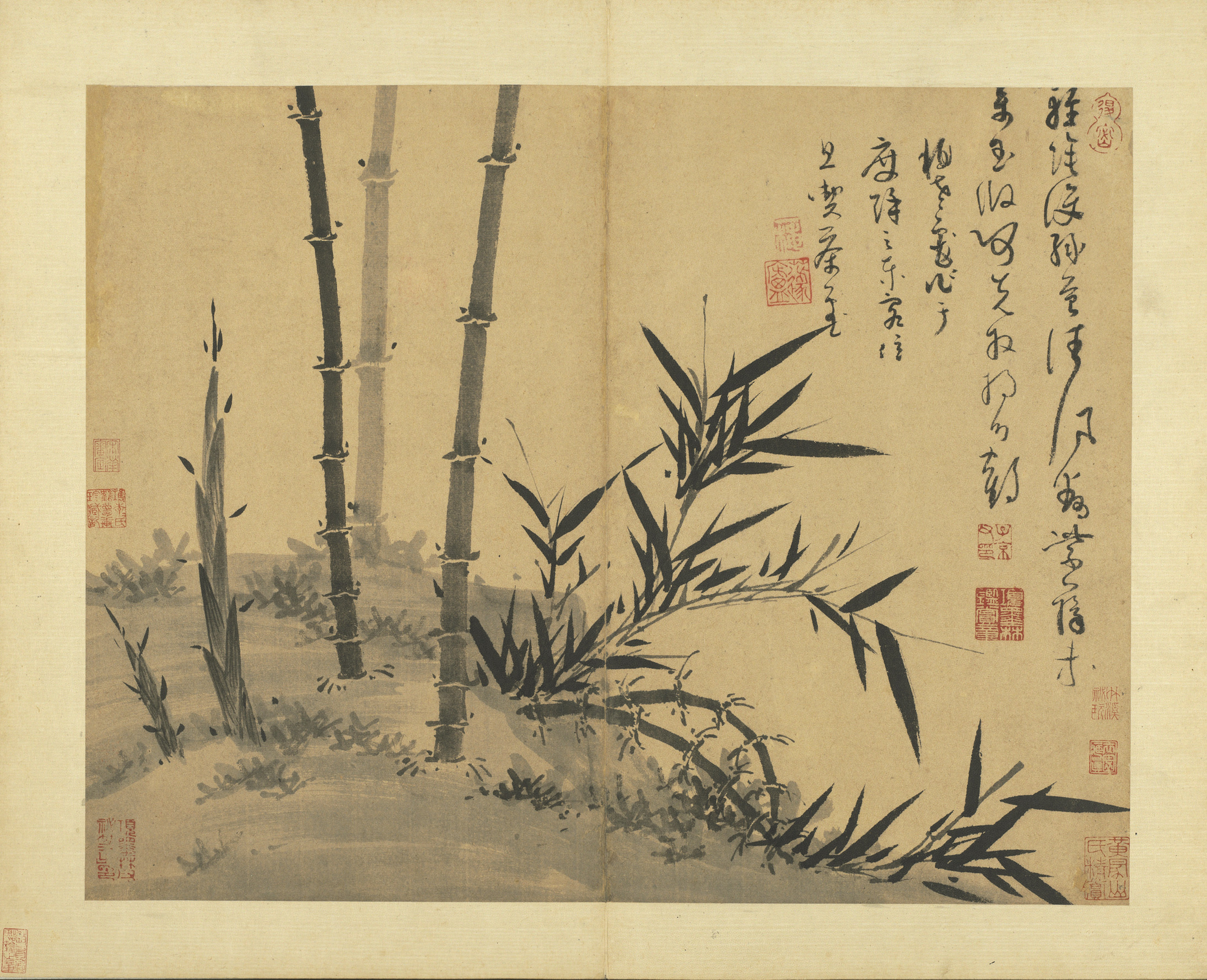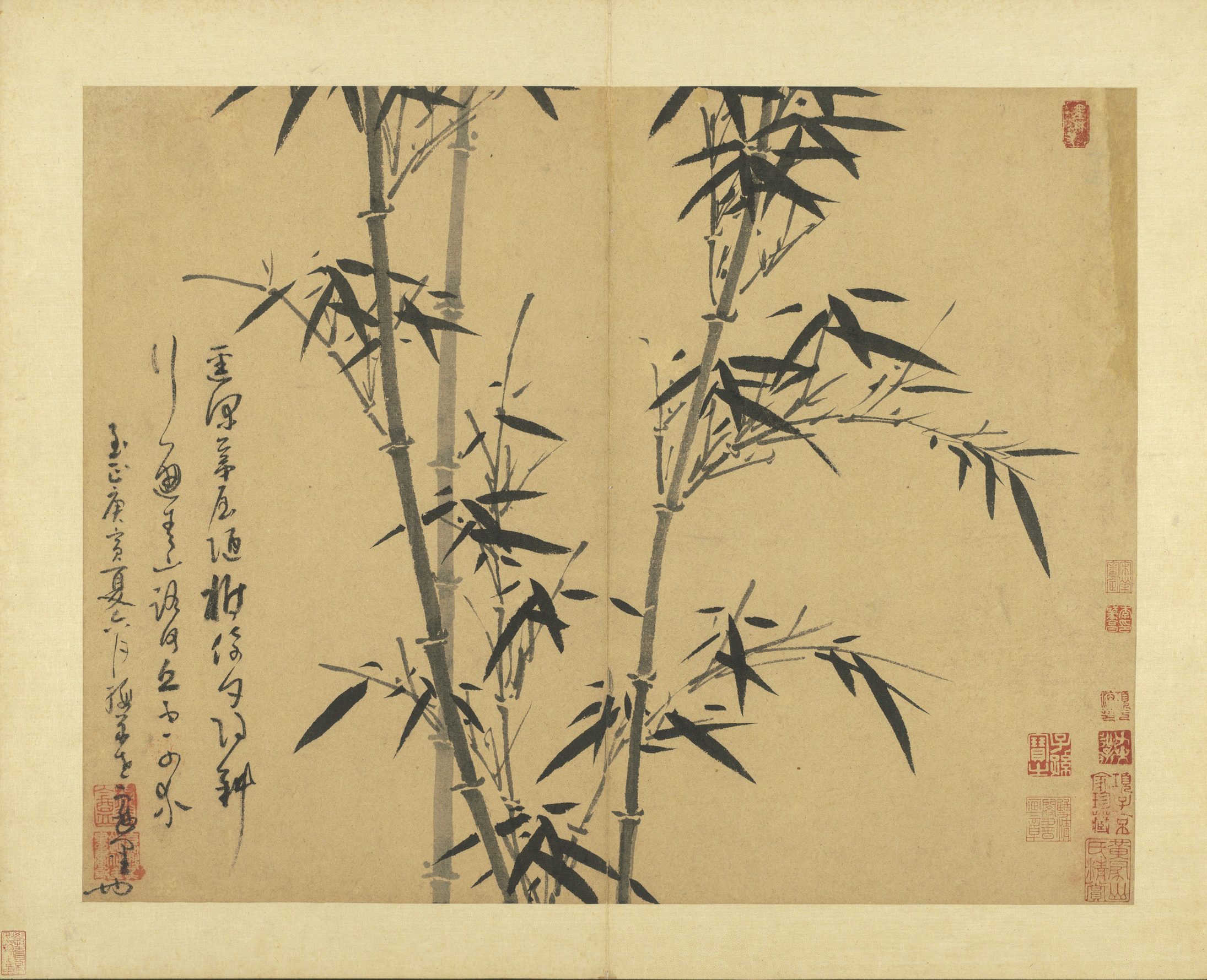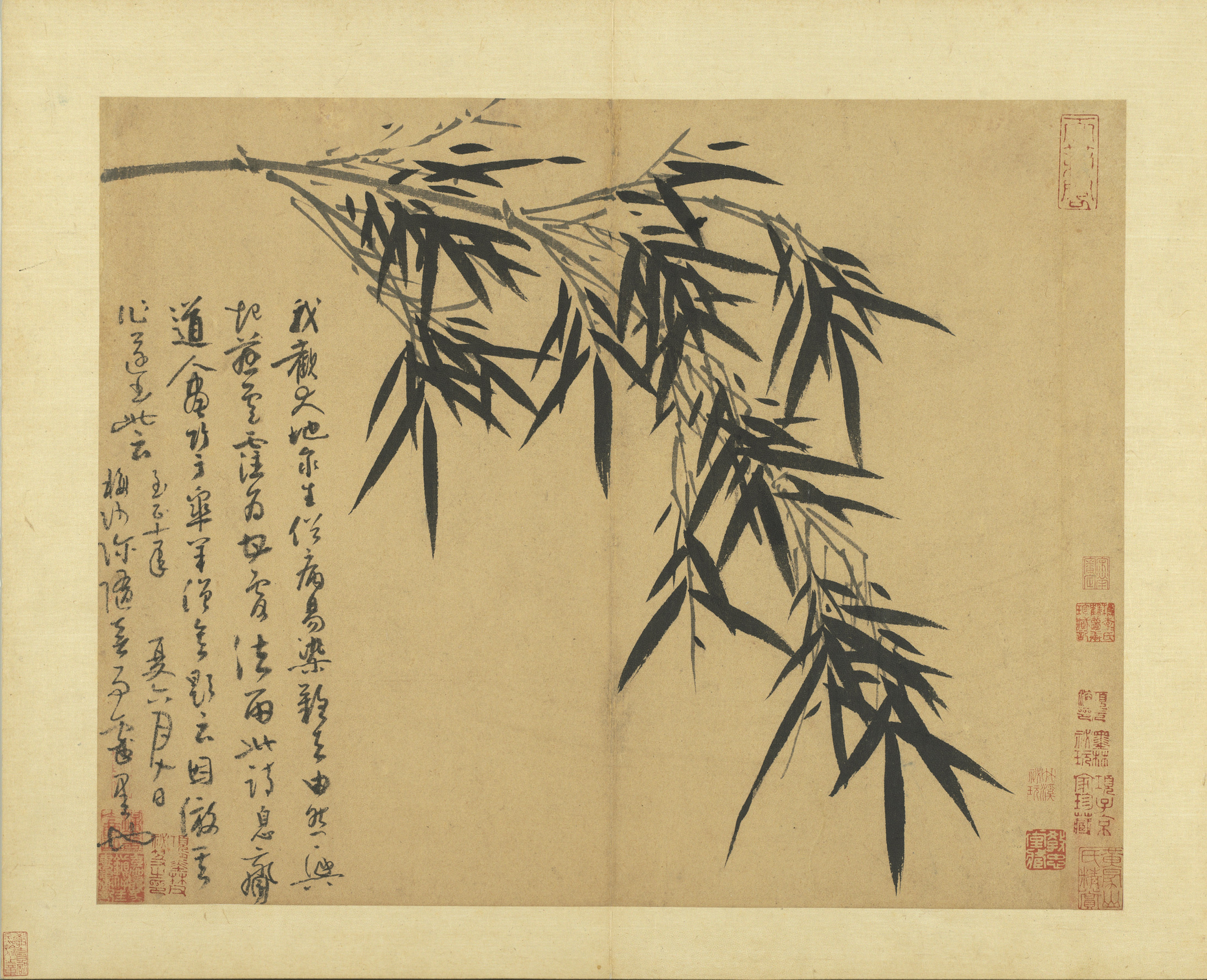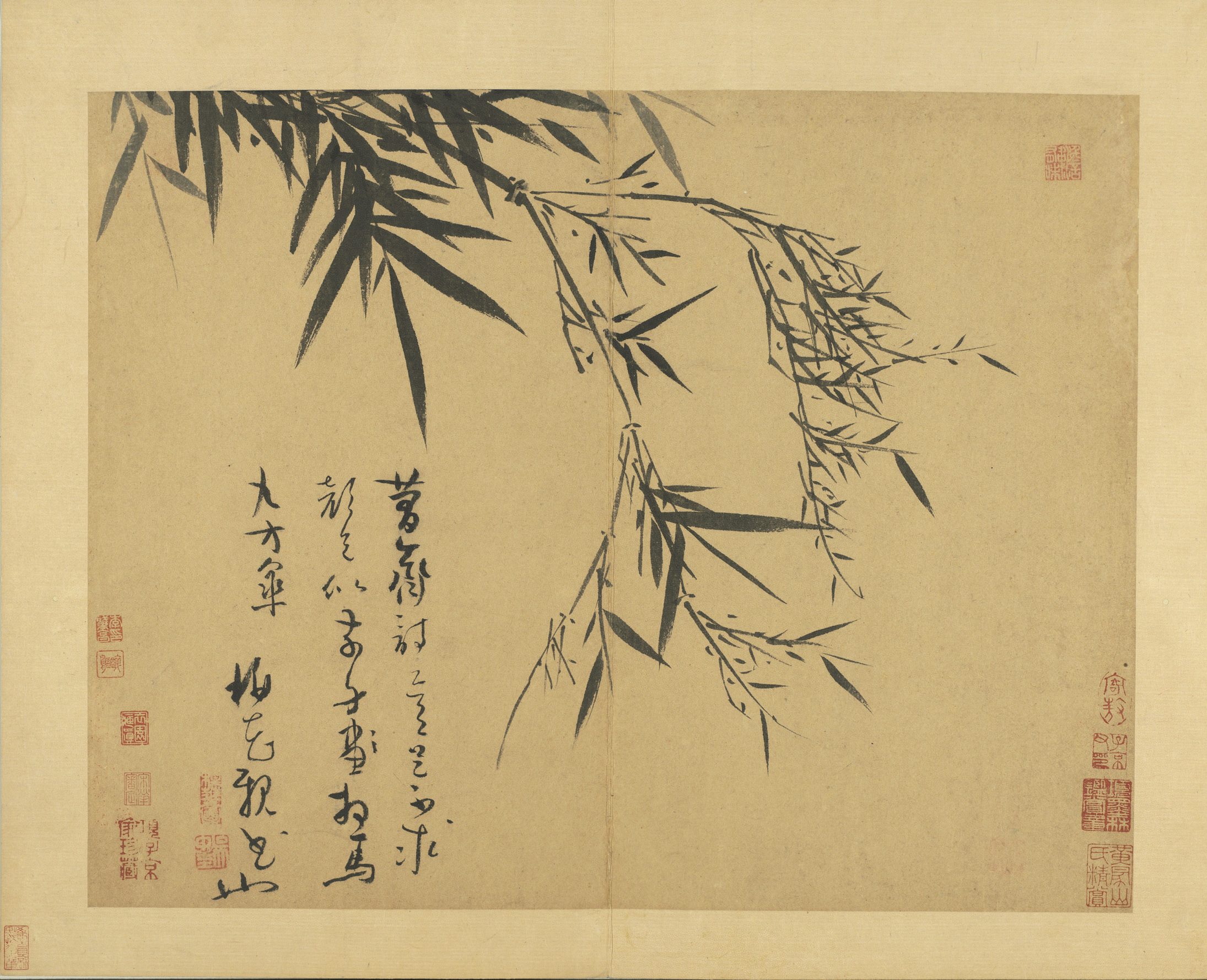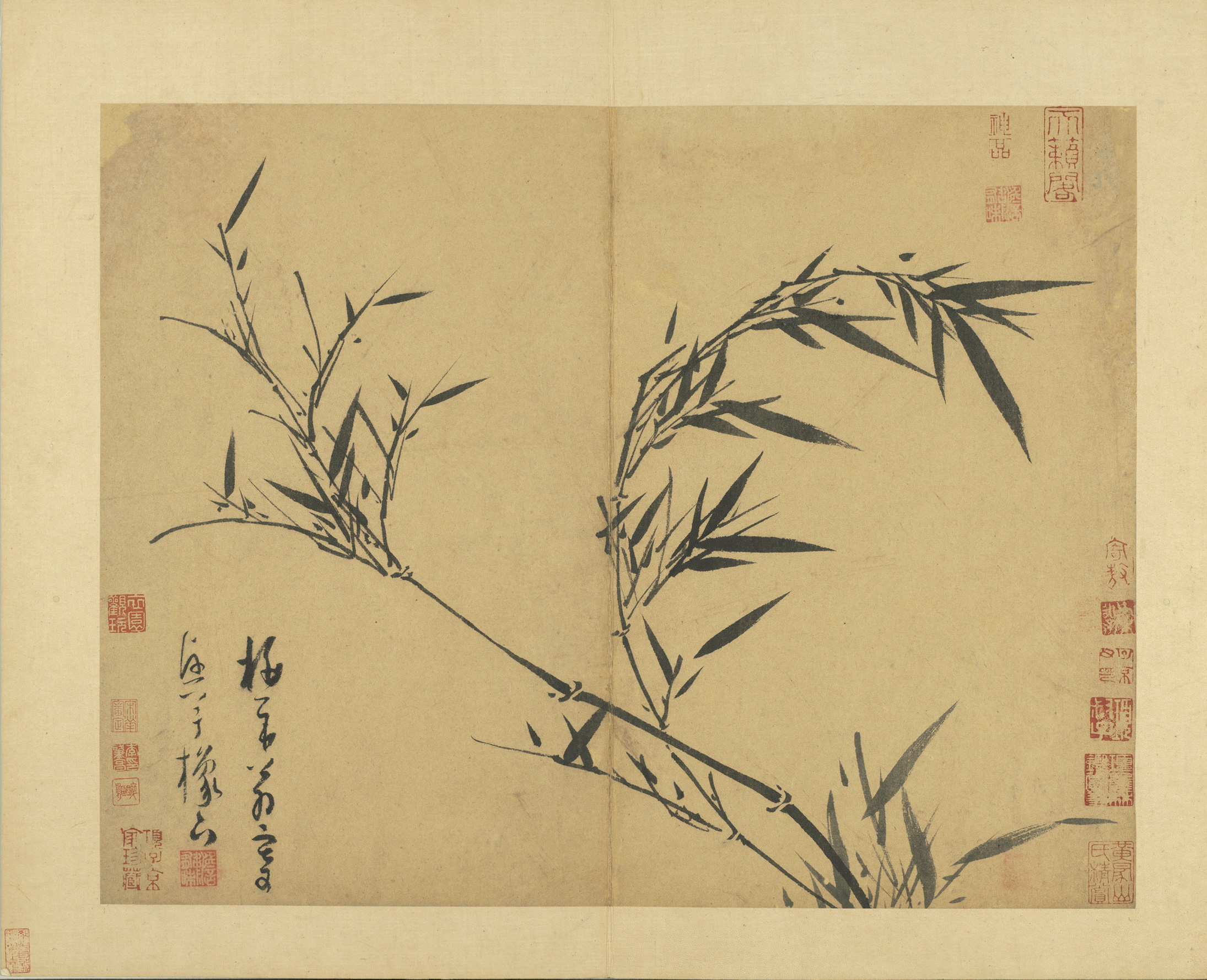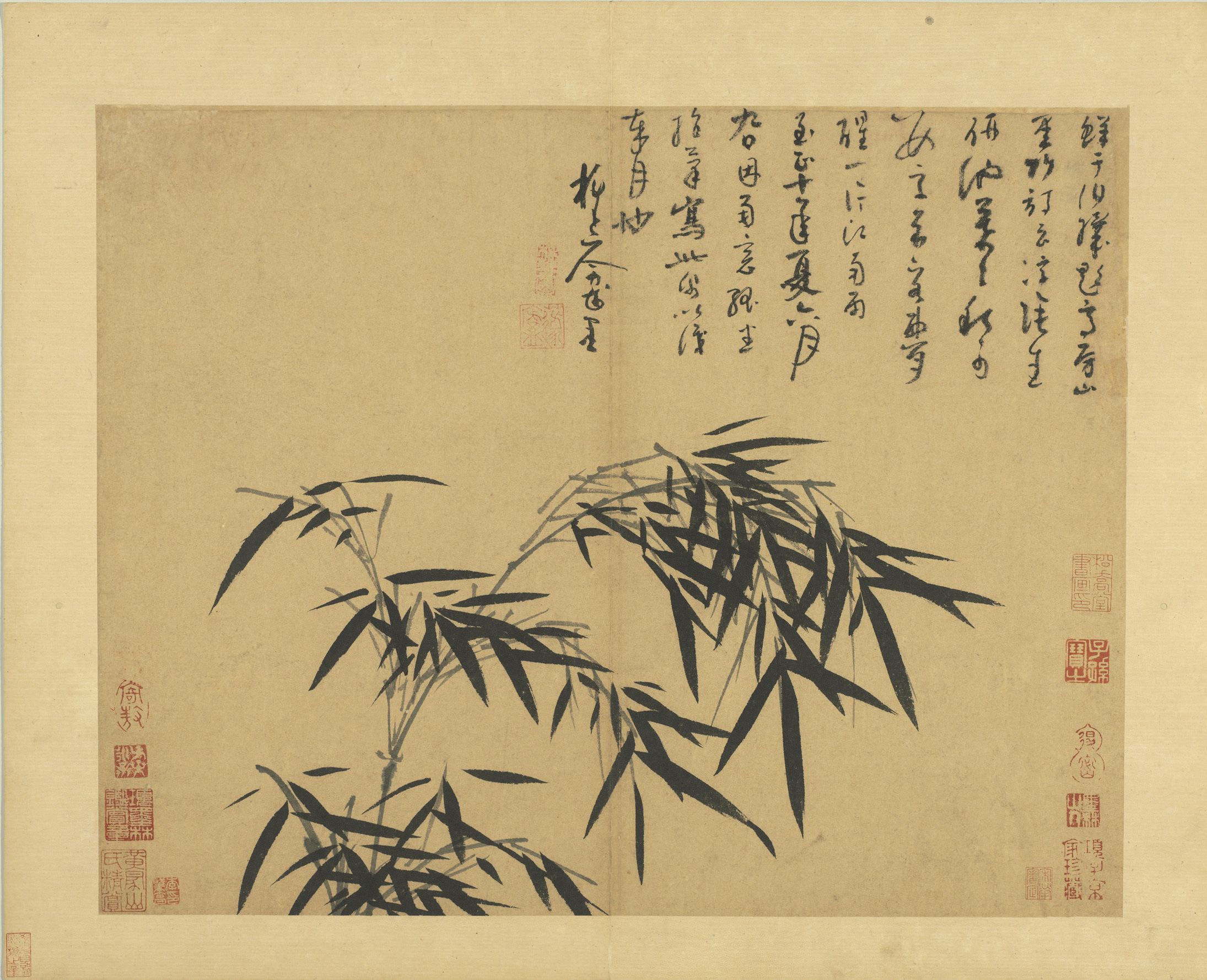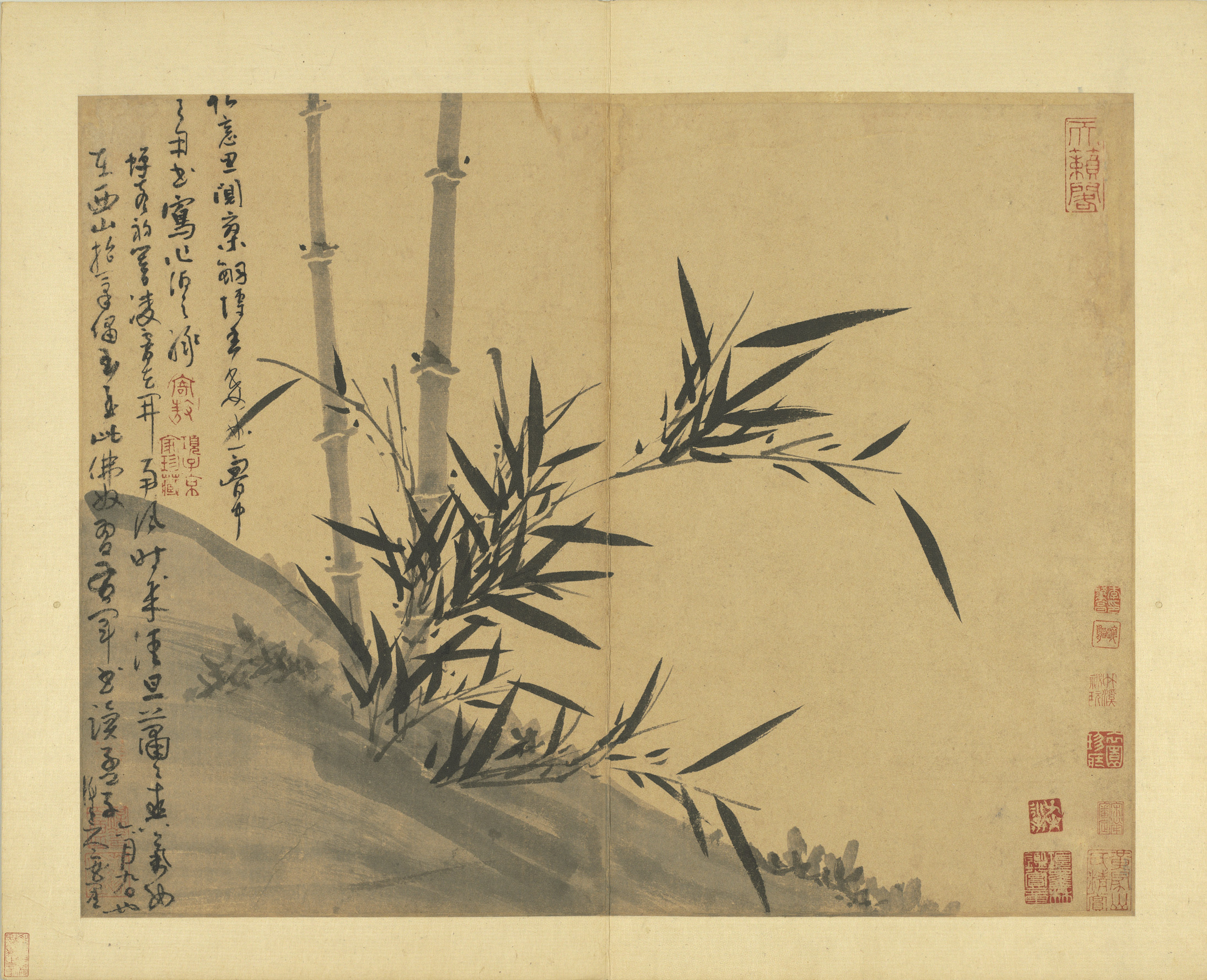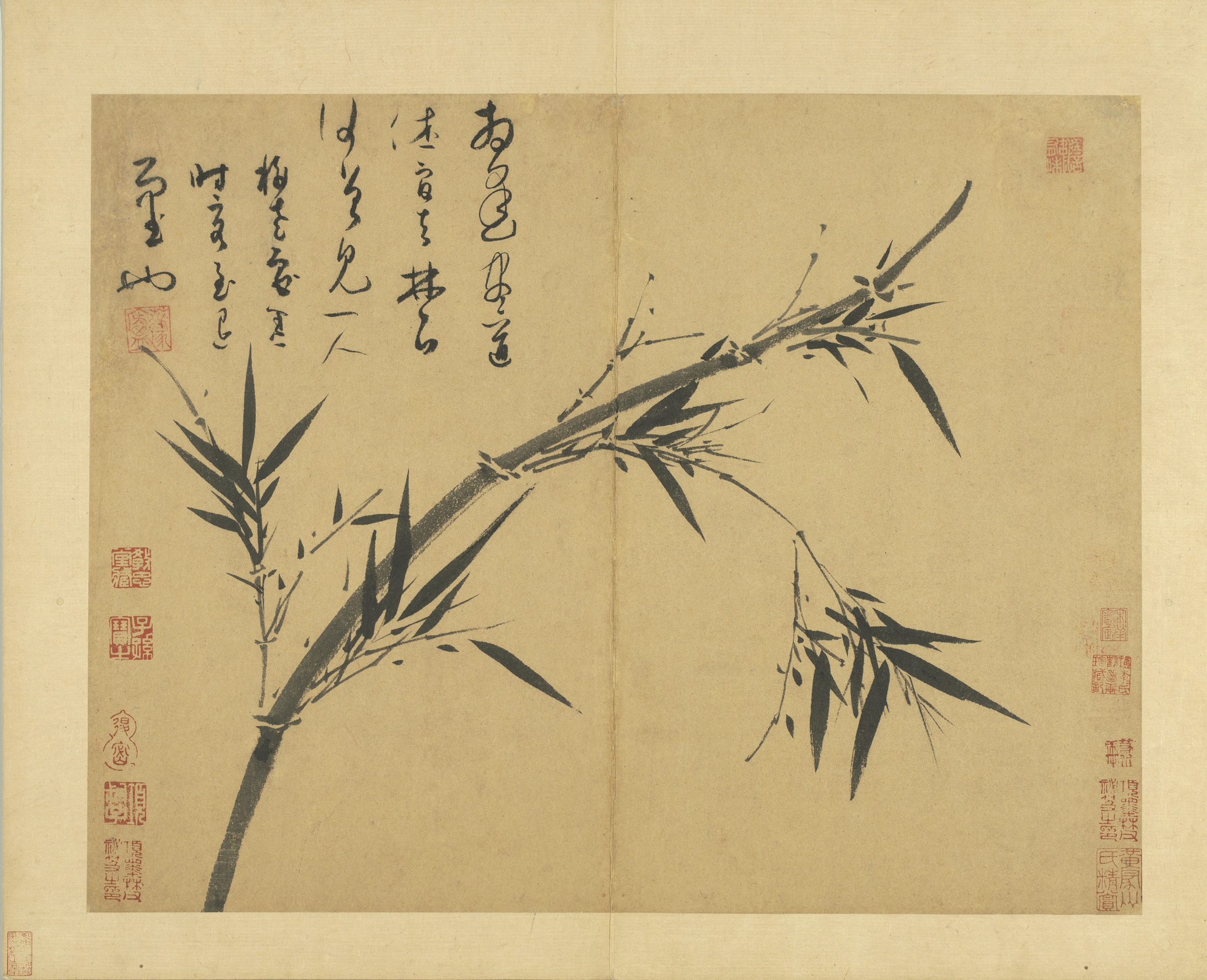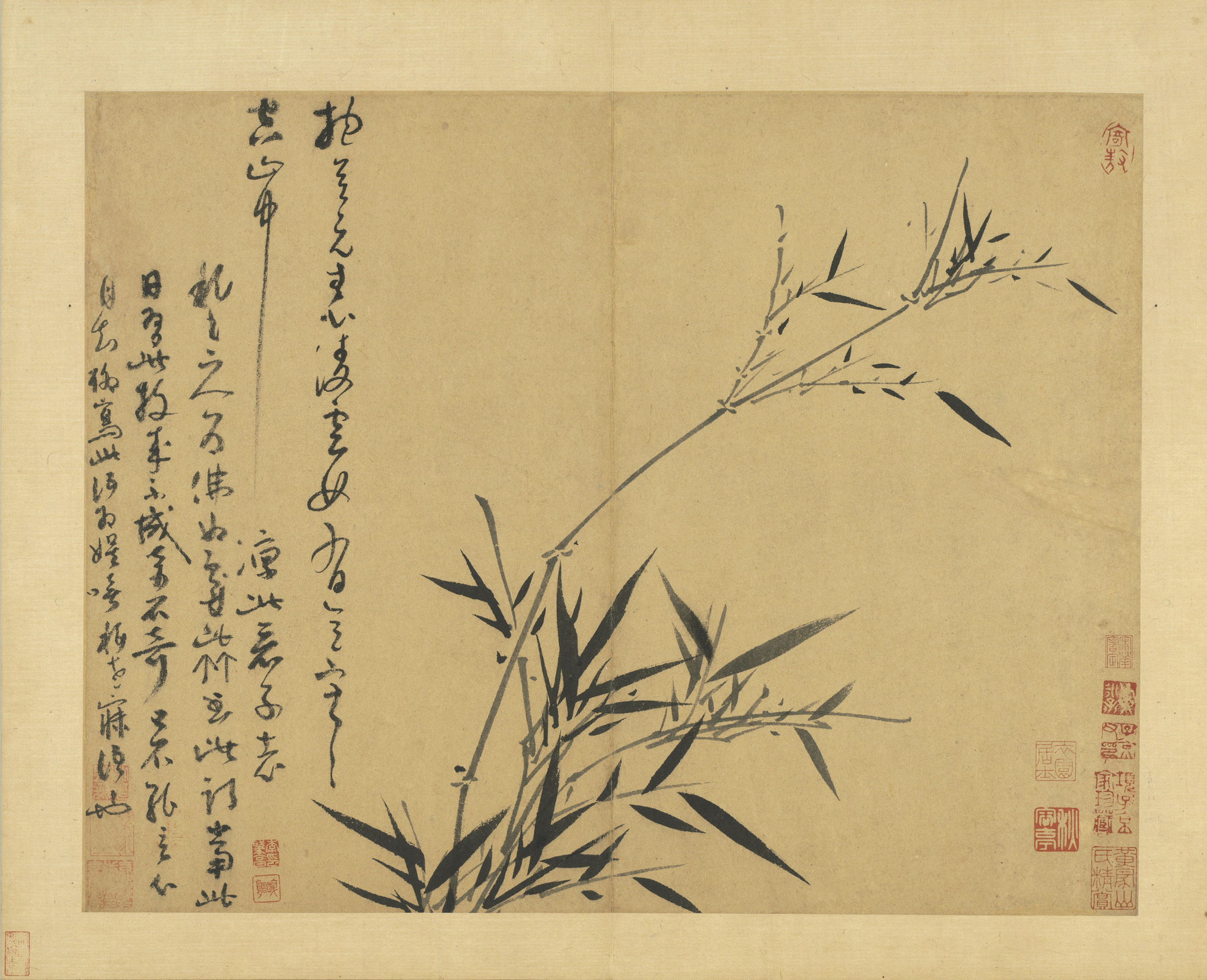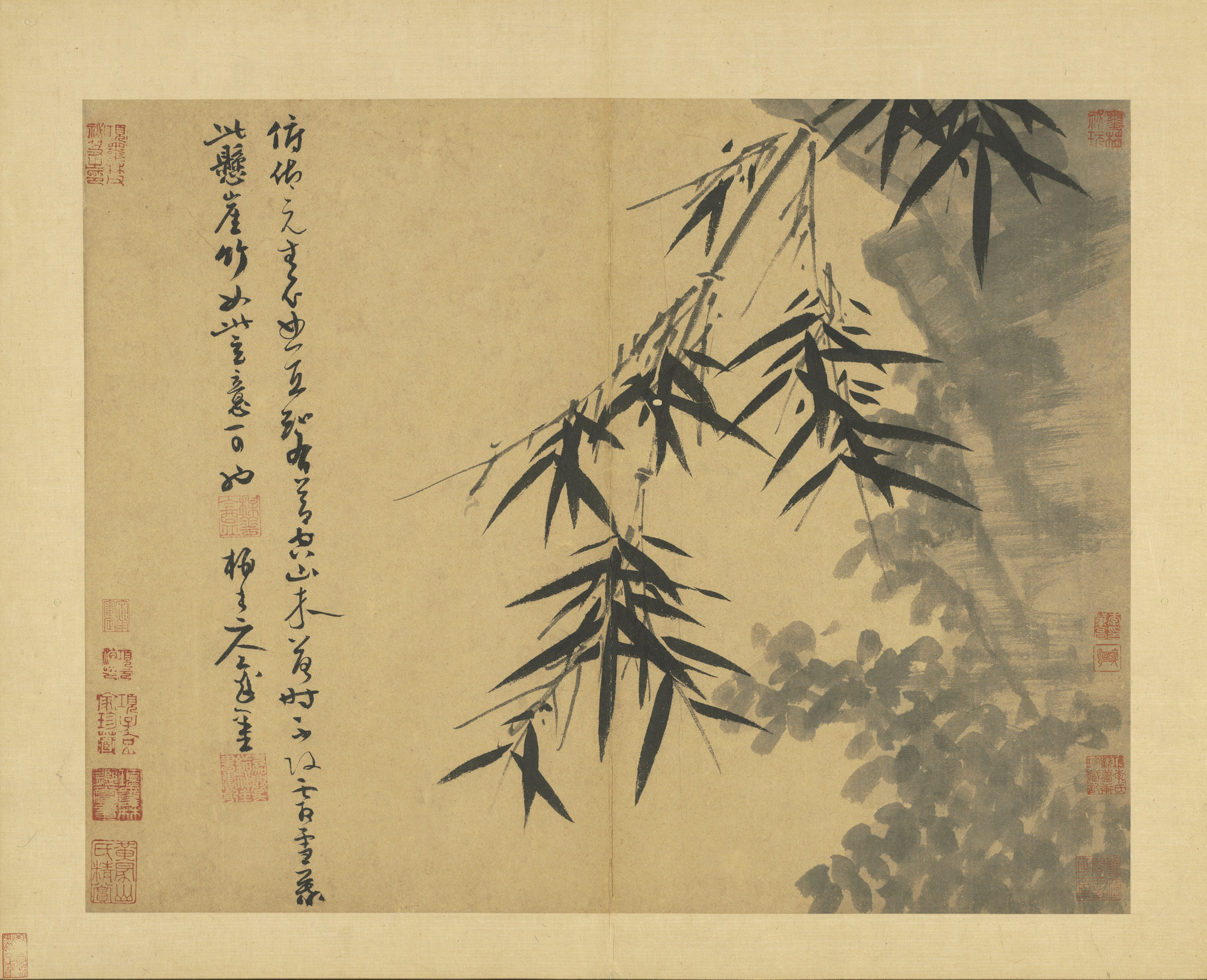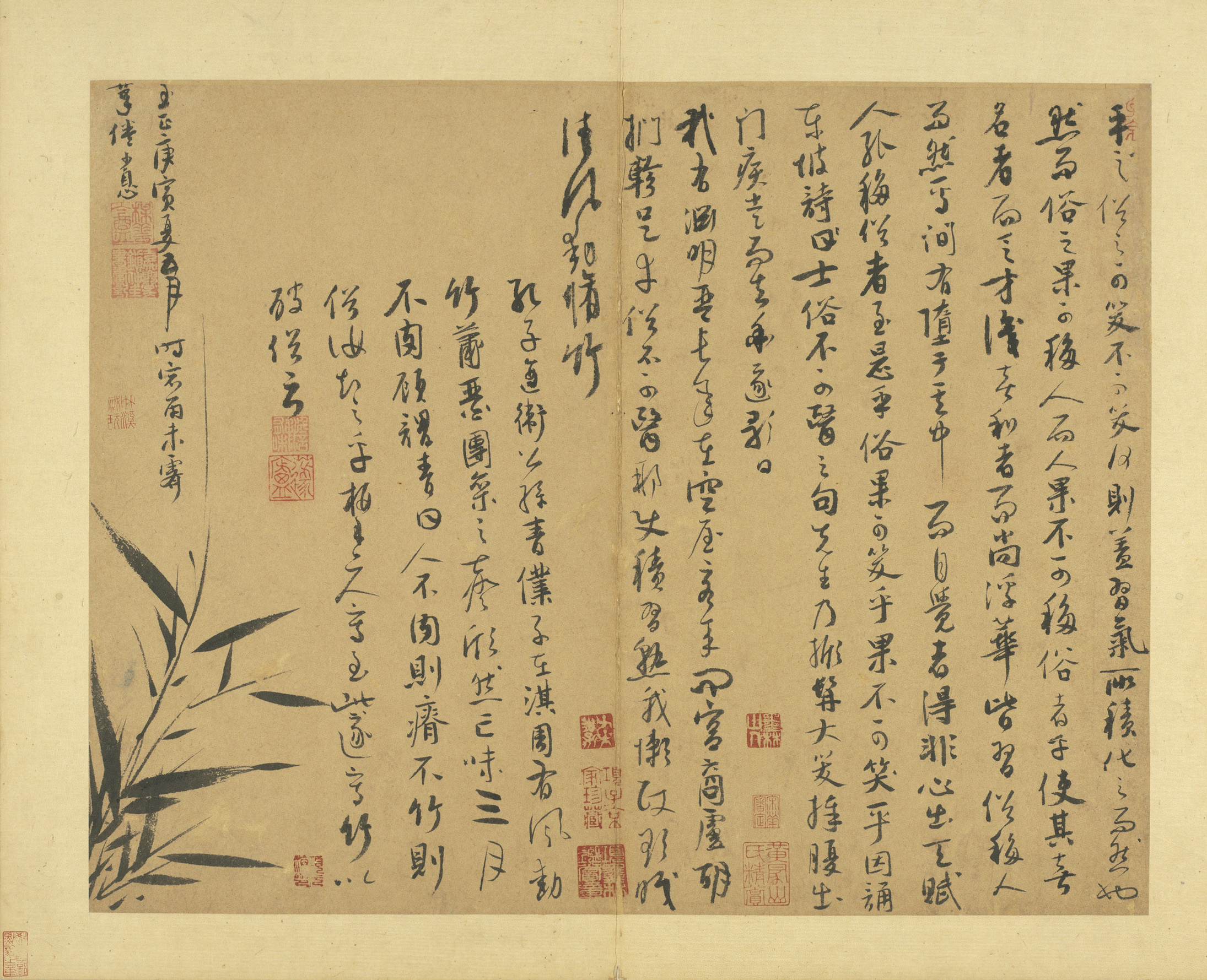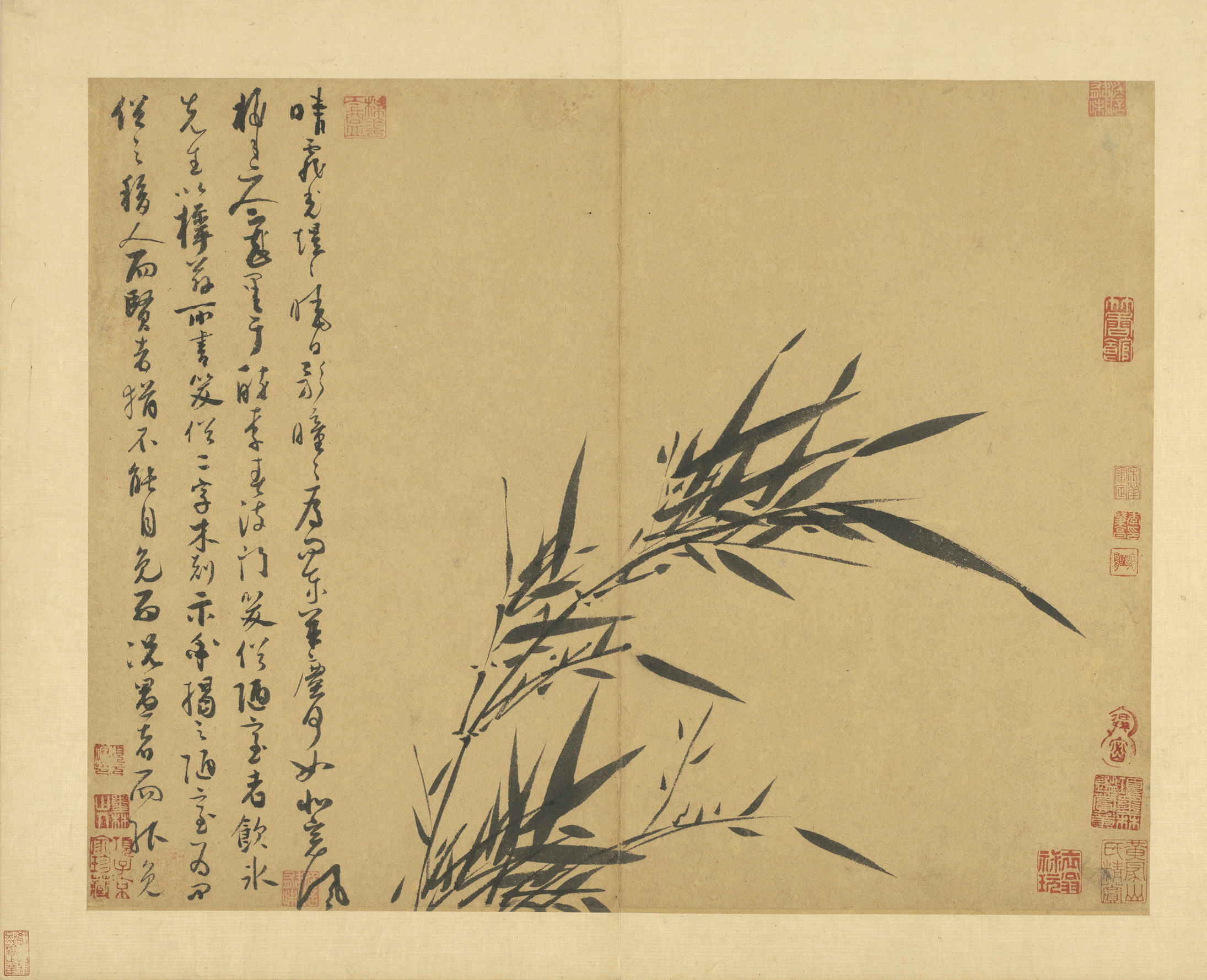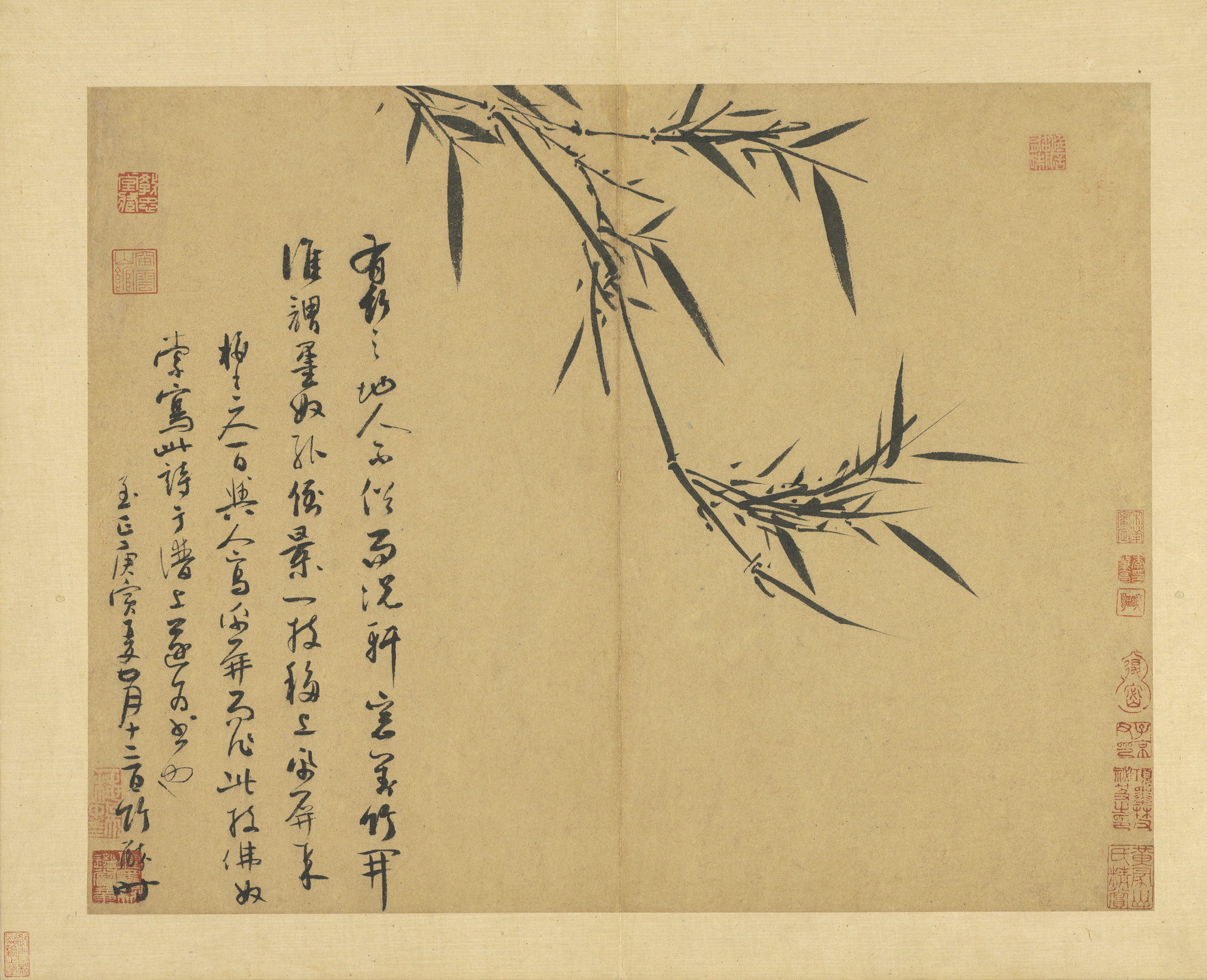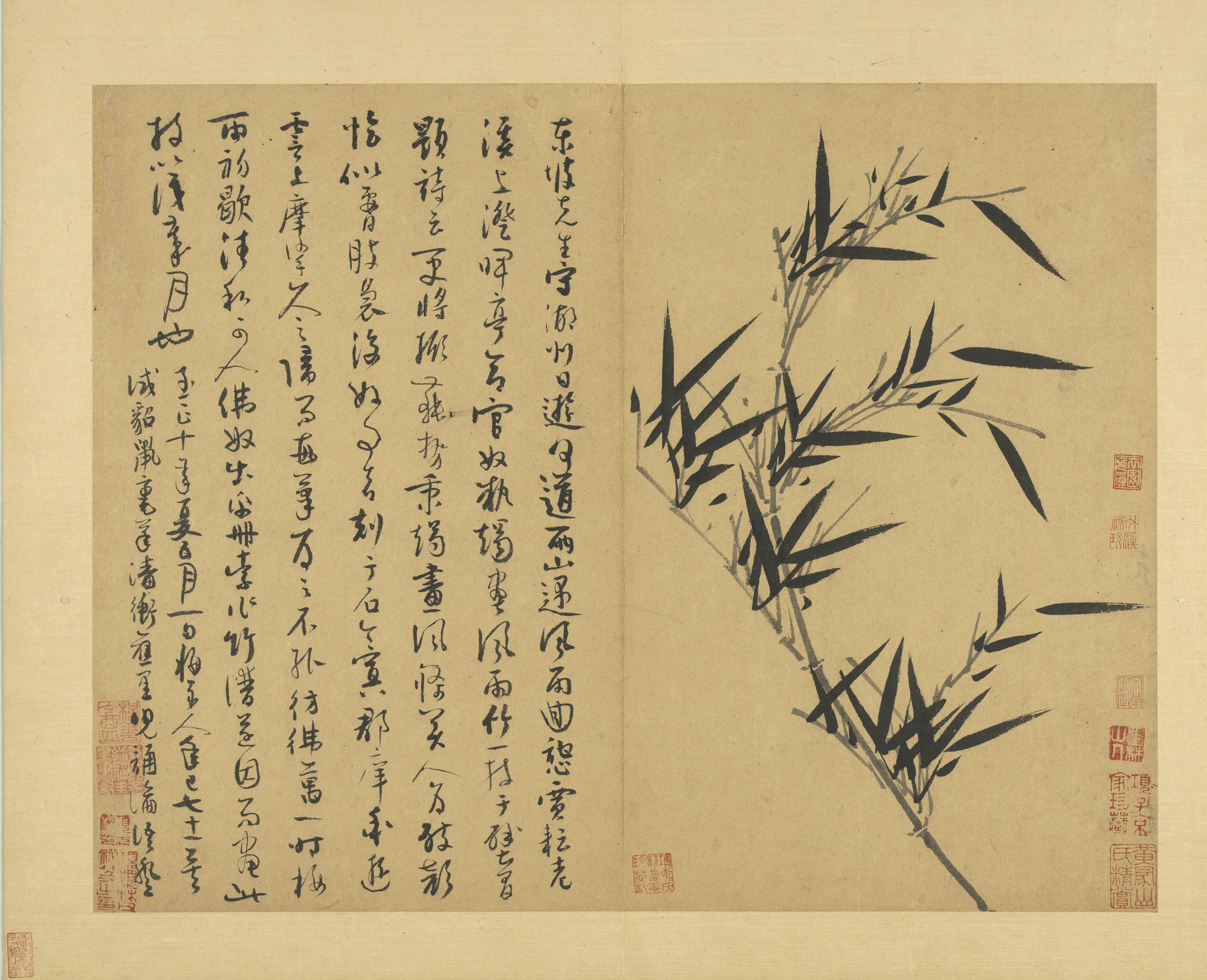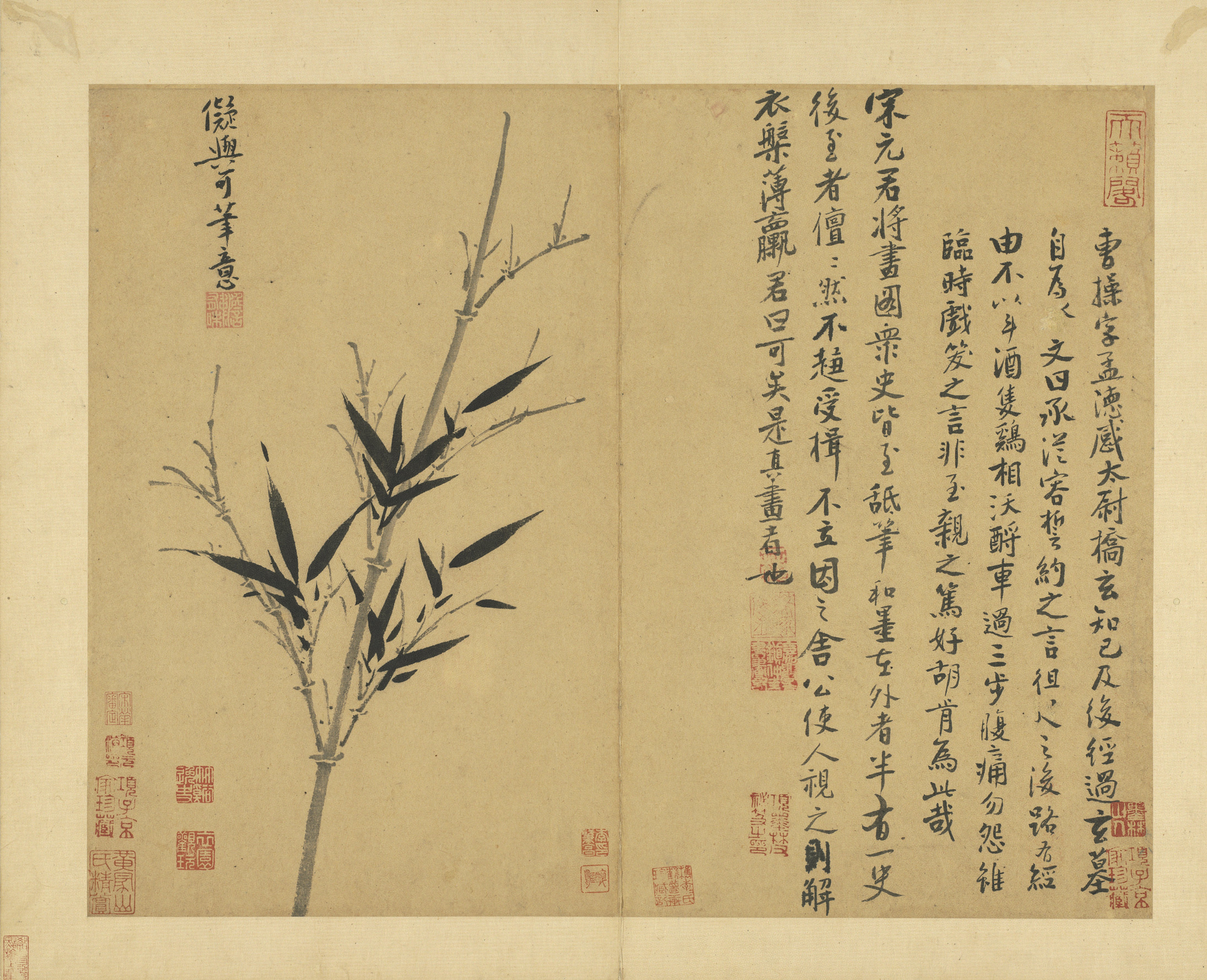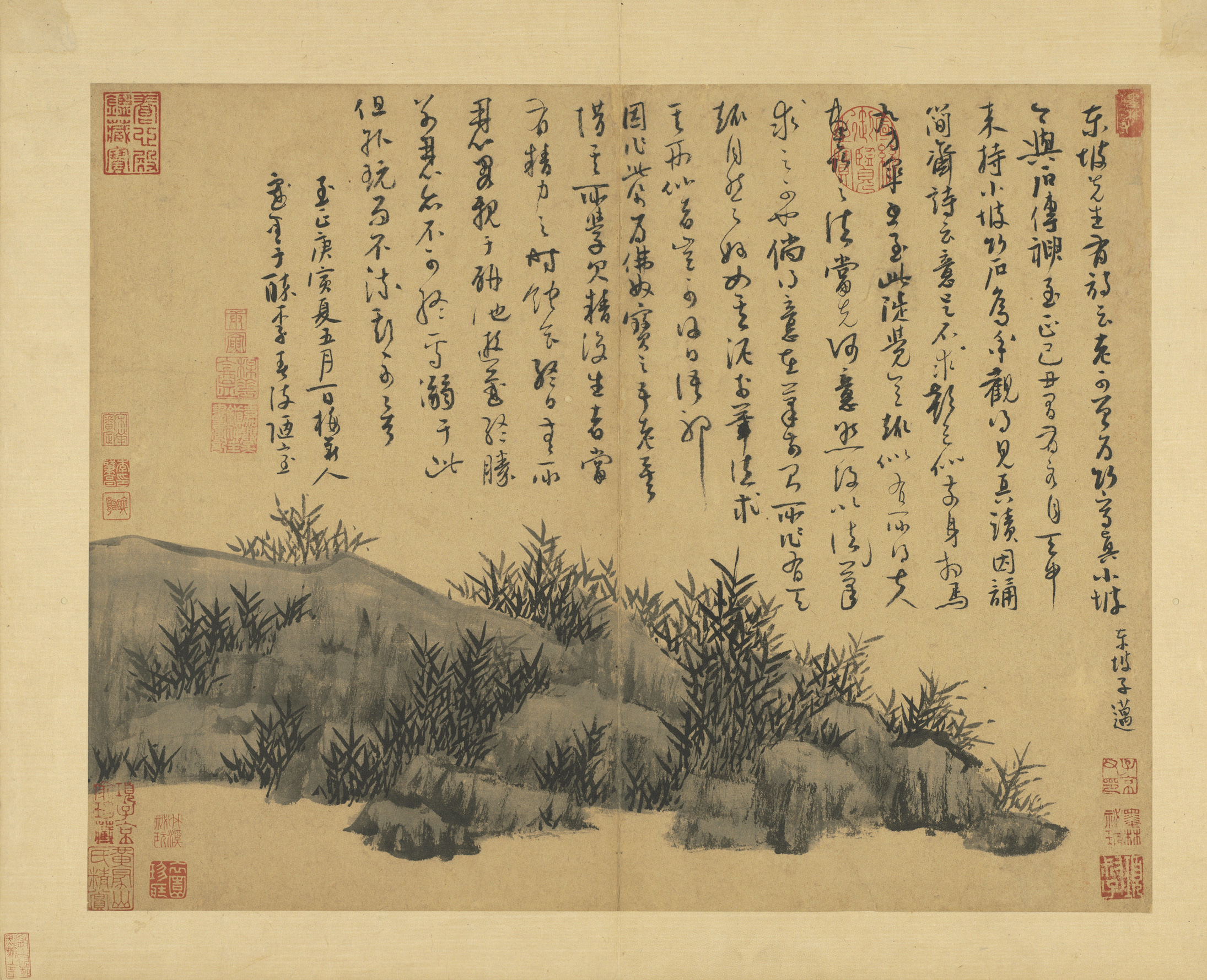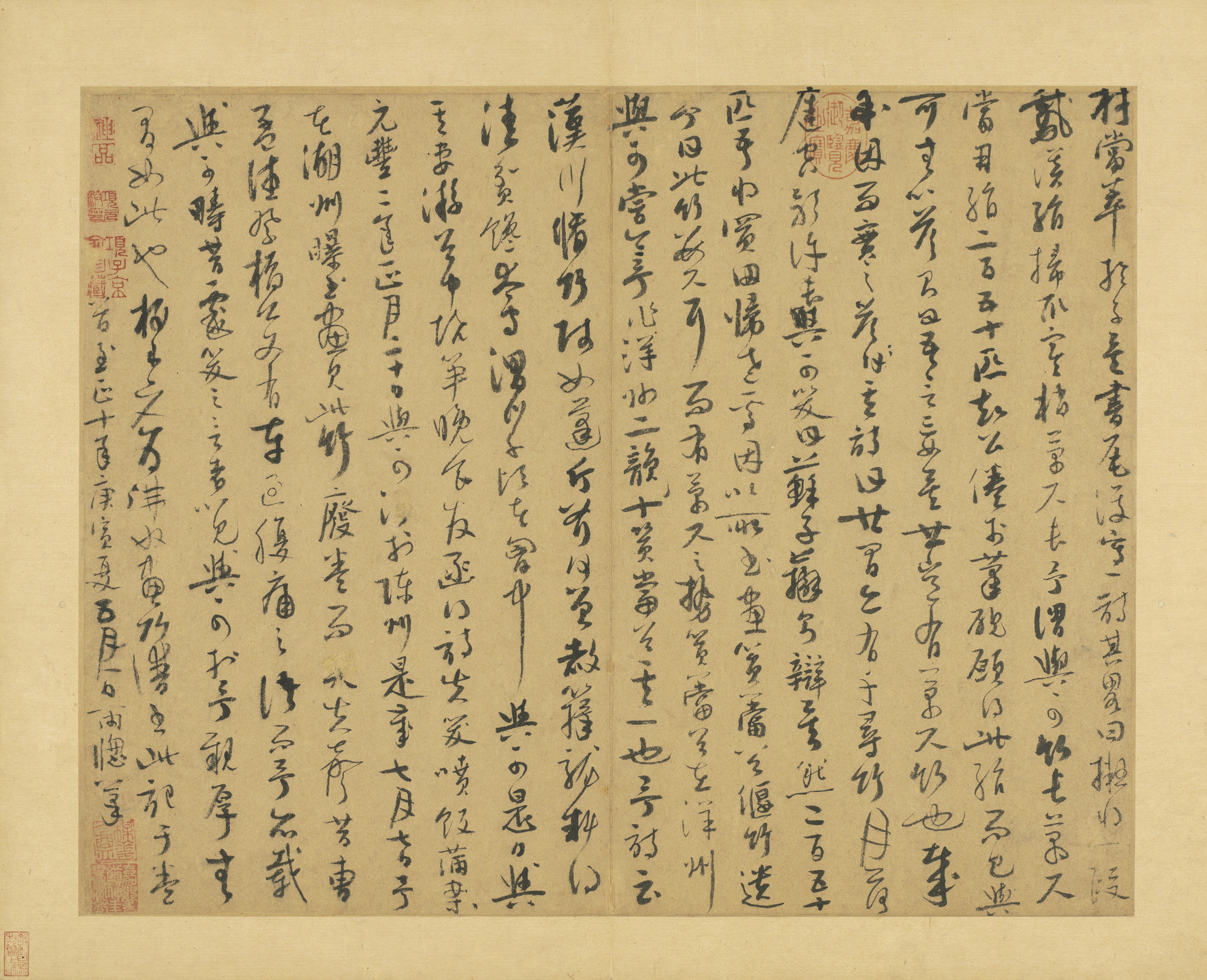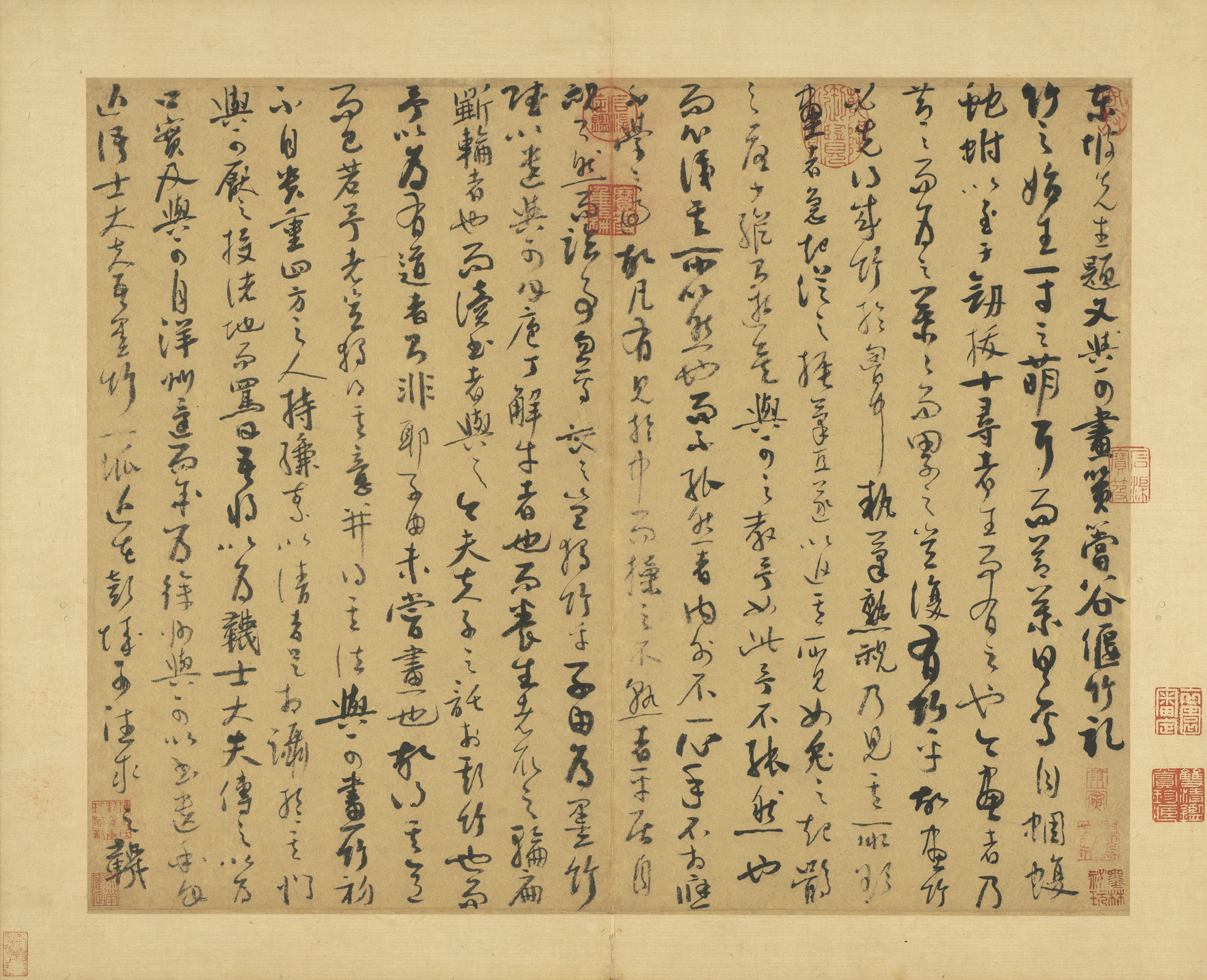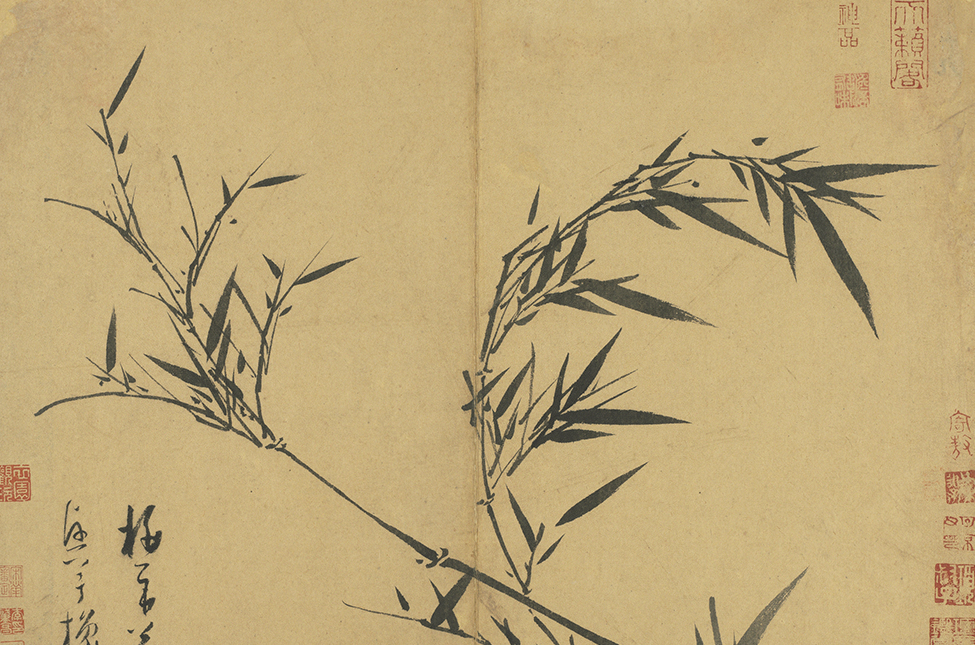Introduction
The works of painting and calligraphy in the National Palace Museum collection are categorized into three levels based on their artistic and other merits. Starting with the most important, these works are "National Treasures," "Significant Historic Artifacts (Significant Antiquities)," and "General Historic Artifacts (General Antiquities)." Since 2008, the Review Committee for Historic Artifacts at the Council for Cultural Affairs (predecessor of the Ministry of Culture) has worked in conjunction with the painting and calligraphy exhibitions at the National Palace Museum to conduct relevant inspections and written reports of the display items. Confirming the works ranked as "National Treasures" and "Significant Historic Artifacts," the results are thereafter made public. Consequently, the number of "National Treasures" has grown considerably over the years, the ones at the National Palace Museum far surpassing those at other institutions in Taiwan.
To present these findings and to promote further knowledge about the ranking of artworks at the National Palace Museum, Gallery 107 at its Main Building in Taipei is being set aside for special exhibitions of "Spotlight on National Treasures." In each rotation, two works of painting or calligraphy ranked as "National Treasures" are placed on display for approximately three months and changed at regular intervals. Should a work belong to the Museum category for "restricted display," however, the viewing period is limited to no more than 42 days.
All of these "national treasures" placed on display are exceptionally important works in the history of Chinese art. The goal of this spotlight exhibit on famous artworks is to promote a better understanding of painting and calligraphy with "National Treasure" status for visitors. In doing so, it hopefully reinforces the importance of conserving cultural heritage for the appreciation by future generations.
Selections
-
Seven-Character Poetry ("Flowers' Fragrance")
- Huang Tingjian (1045-1105), Song dynasty
- Album leaf, ink and colors on silk, 30.7 x 43.2 cm
- Verified and declared by the Ministry of Culture in March 2012 as a National Treasure
Huang Tingjian (style name Luzhi), a native of Fenning in Jiangxi (modern Xiushui), was a famous literary figure and calligrapher of the Northern Song period. Wang Shen (fl. ca. 11th c.), an imperial son-in-law and acquaintance, repeatedly sent flowers to ask for Huang’s poetry. In return, Huang did this work, replying in jest that he was already beyond his middle years and found it difficult to find the mood to write poetry. At the time it was around 1087, and Huang was 43 by Chinese reckoning. The calligraphy throughout the piece is free and easy, the strokes strong and powerful nonetheless. The ink also ranges between moist and dry. Although done in cursive script, the brushwork has the manner of running script as well. The beginning and ending portions of the strokes are relaxed and sedate in quality, each of the characters independent with a spirited manner exuding from within.
-
Manual of Ink Bamboo
- Wu Zhen (1280-1354), Yuan dynasty
- Album leaf, ink on paper, 41.1 x 51.5 cm
- Verified and declared by the Ministry of Culture in March 2012 as a National Treasure
Wu Zhen, a native of Jiaxing with the style name Zhonggui and the sobriquet Meihua ("Plum Blossom") daoren, was one of the Four Great Masters of the Yuan. This album was done in 1350 by Wu at the age of 71 by Chinese reckoning for his son, Fonu. It depicts all manners of bamboo, including new shoots, old stalks, and leaves in wind, rain, and even snow. The bamboo is depicted both archaic and elegant as well as powerful, done in a spirited and dashing manner. Every leaf of depiction reveals how calligraphy was incorporated seamlessly into the painting, the brush moving across the surface with considerable breadth and dynamism in all directions, forming an ideal balance with the force of the brushwork in the often lengthy inscriptions as well. As such, this album is an ideal combination of literati painting and calligraphy. The frontispiece in three characters was rendered in clerical script by Wang Yipeng (?-after 1501) of the Ming dynasty during the Hongzhi reign (1487-1505).
Exhibit List
| Title | Artist | Period |
|---|---|---|
| Seven-Character Poetry ("Flowers' Fragrance") | Huang Tingjian (1045-1105) | Song dynasty |
| Manual of Ink Bamboo | Wu Zhen (1280-1354) | Yuan dynasty |
